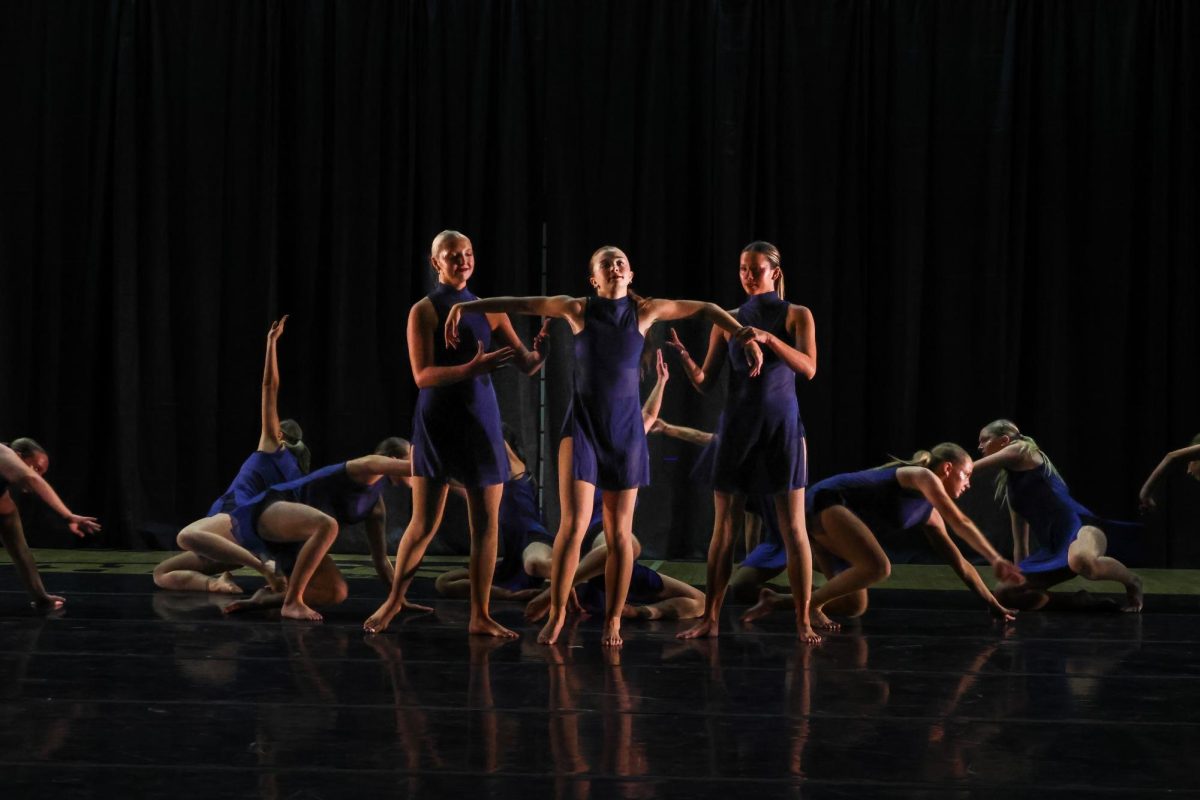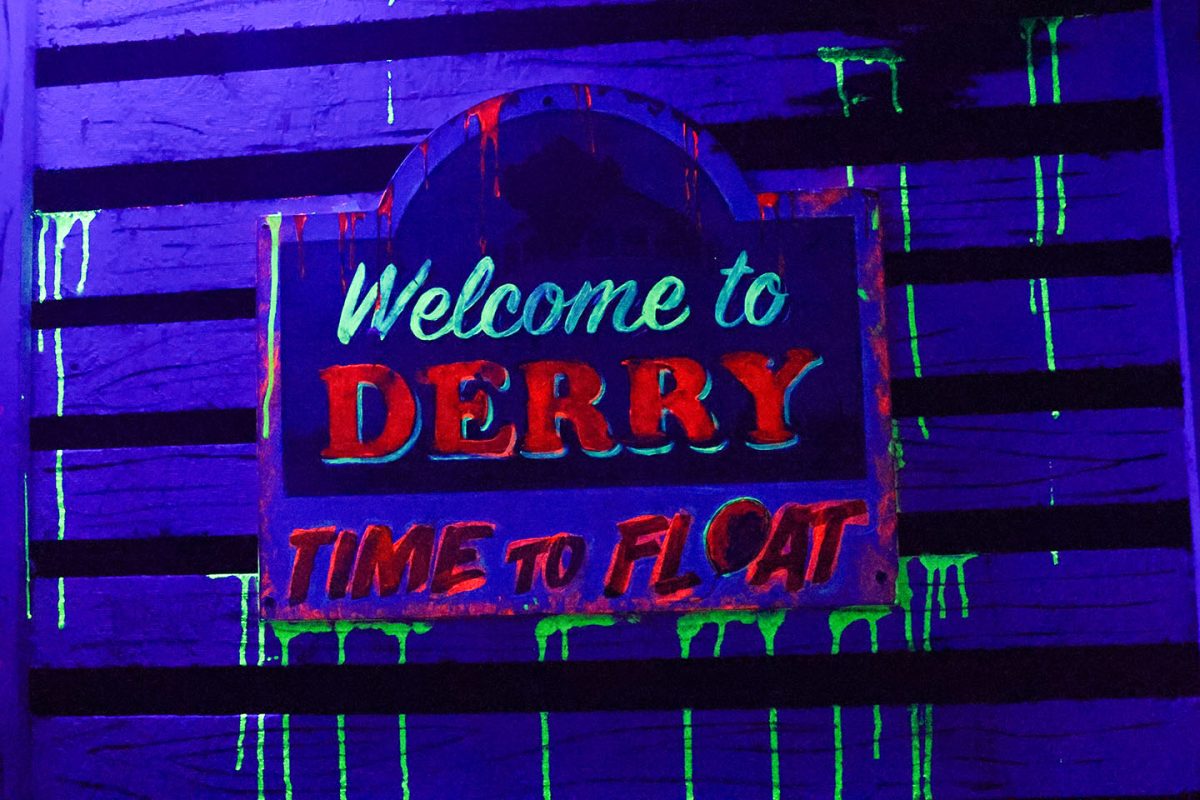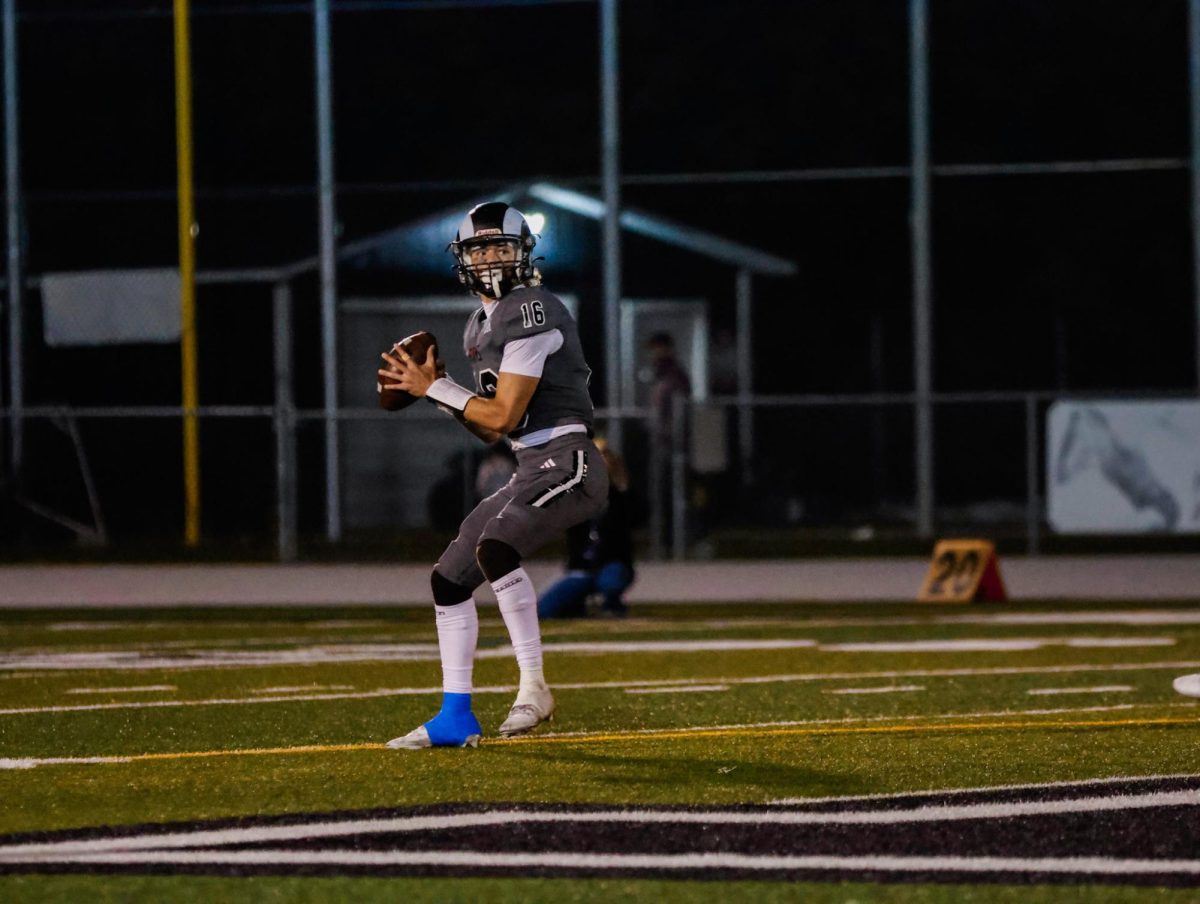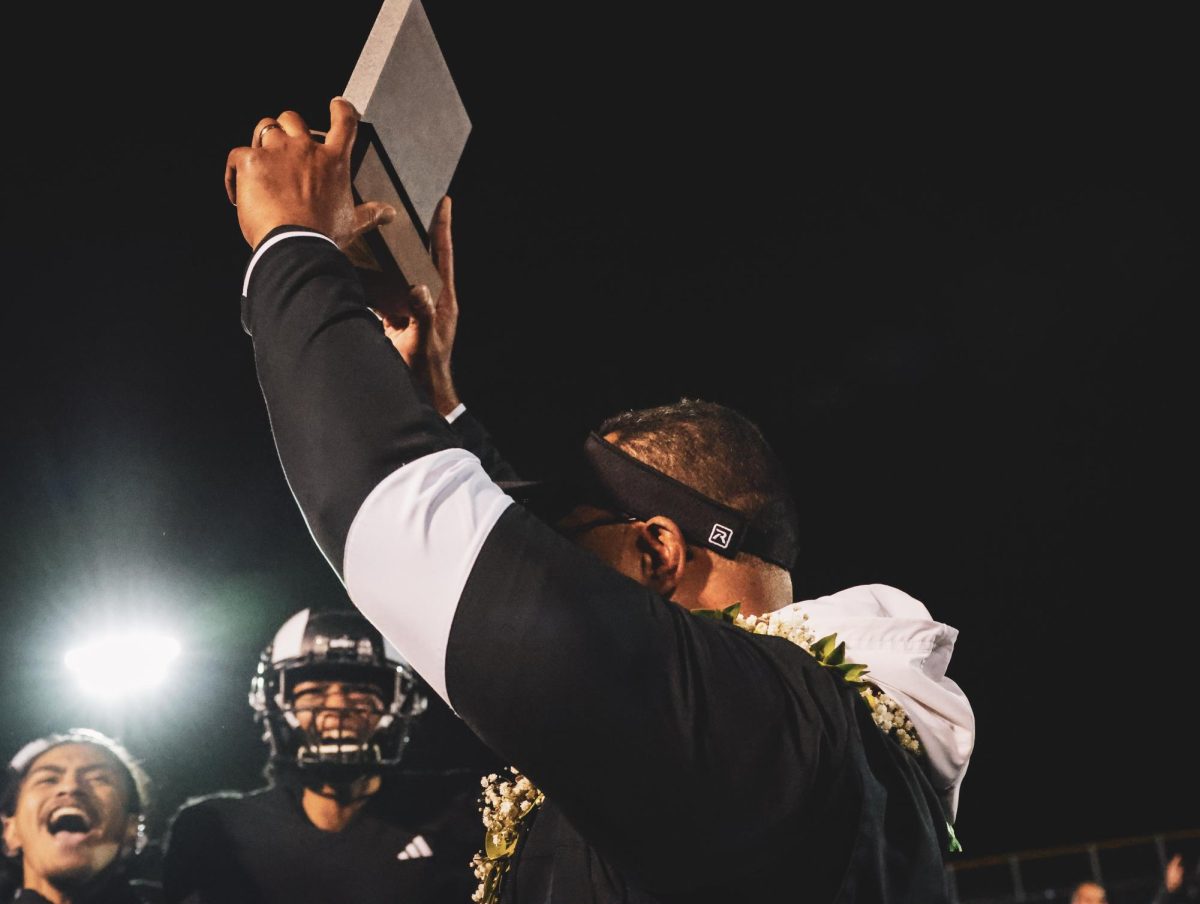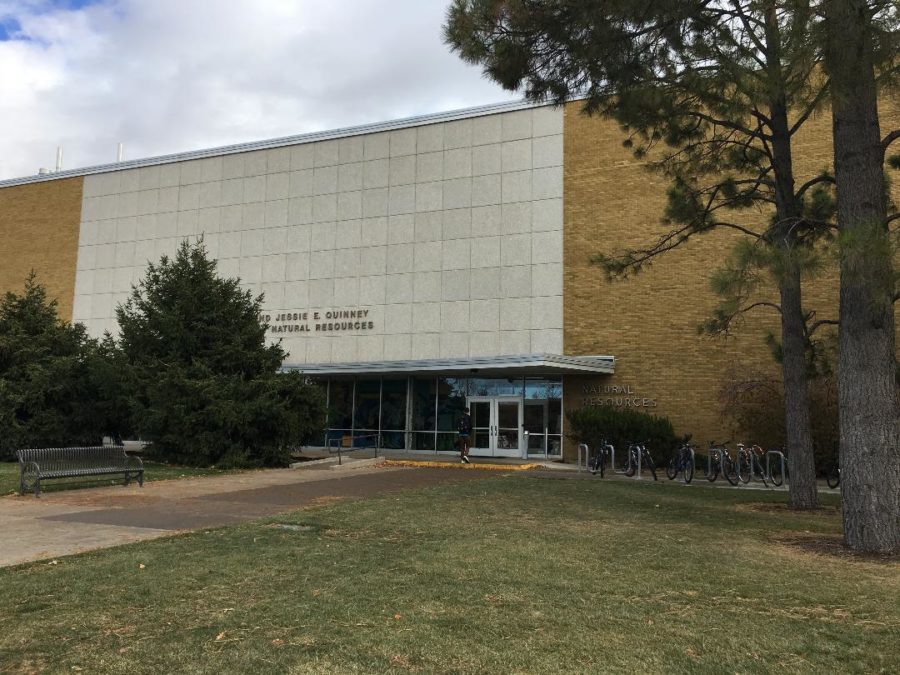A Cool Way To Learn
The cadaver lab was held in the Natural Resources building at Utah State University.
November 19, 2017
Seven black bags laid onto tables were scattered around the room. What most people don’t know, upon first glance, is that those black bags contain human bodies that were donated to the Utah State cadaver lab. Highland teacher, Mr. Campos, ran this field trip for his students to go to the Utah State University cadaver lab this past week and look at the bodies and their dissections.
Before these seven people passed away, they made the decision to become cadavers and help students/researchers learn more about the human body by using their own bodies once they had died. Students at Utah State then have the opportunity to dissect different parts of each body, such as the leg, the brain, the muscles and everything in between. The students from Highland, who went on this field trip, were able to look at the dissections college students have already done, take a look at the bodies that were still together, and even hold/touch the different parts of the bodies.
“My favorite part of the cadaver lab was the body with the chest completely open where you could see everything inside the stomach,” Highland student Jonny Cook said.
Each cadaver had a unique story and a different background. Above each cadaver, there was a whiteboard with the name of the cadaver, how old they were when they passed away, their occupation, and how they died.
Some of the cadavers died from heart failure, lung failure, or other problems similar to those. By donating their bodies for research, these cadavers allow students and scholars to figure out solutions to certain problems and overall learn more about the human body.
“It was cool knowing that these people dedicated their bodies to science and that we can actually learn from them,” Cook said.
Utah State gets the cadavers for a whole year, starting in July. Once the year is complete, the professor brings what is left of the bodies after dissections to get cremated and then he gets a new set for the upcoming year. The college students will dissect as much as they can from each body, looking at all the diverse parts of each one, including the muscles, bones, tissues, organs, etc.
By simply deciding to become a cadaver once they have died, these seven people, along with many others around the world, help high school students, college students, professors and researchers learn more about the human body and can then educate others about specific problems or different cases that could occur. These cadavers are making an impact on the world without even be physically present.
